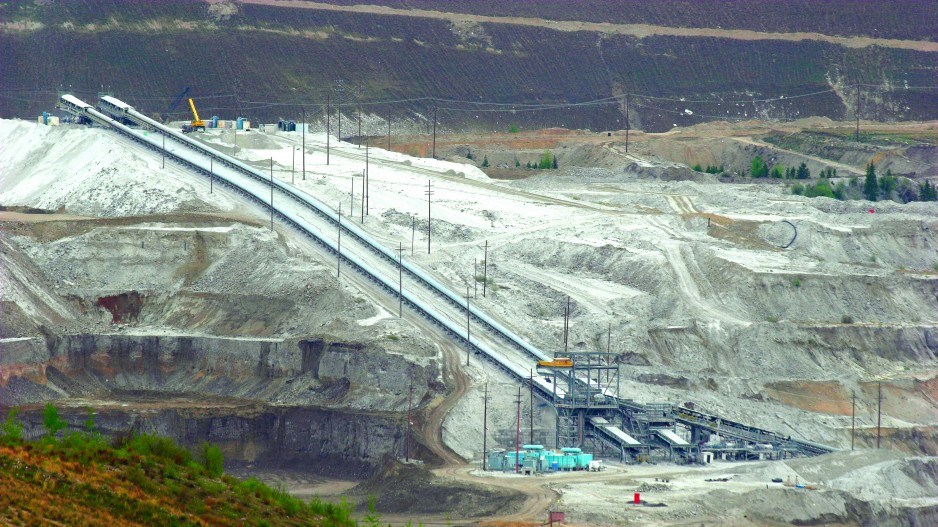China was taking a breather for Chinese New Year and stock markets, especially in the U.S., were ripe for a correction anyway, so it is perhaps not too surprising that an outbreak of a new and deadly coronavirus in China has taken the wind out of a lot of sails.
As China postponed Lunar New Year celebrations and placed roughly 50 million people in cities in and around Wuhan under quarantine, fears that the world’s second-largest economy was sick prompted some fairly sharp raps to commodity prices, equities and currencies.
Airline stocks also took a hit last week, as travel restrictions to and from China were announced.
Copper prices dropped 3% in a single day, when markets opened January 27, and about 9% in the span of a week following the outbreak, noted Mickey Fulp, publisher of the Mercenary Geologist.
“It really gapped down, which is unusual to see those gaps down without filling back up,” Fulp said.
Copper prices have fallen from about US$2.84 to US$2.60 per pound – “a significant drop,” he said.
B.C.’s largest mining company, Teck Resources (TSX:TECK.B), saw its stock plunge 7% when markets opened on January 27.
Copper is a major B.C. export and China is the world’s largest consumer of the red metal, which is an economic bellwether, sometimes called “Doctor Copper” for its ability to read the global economy’s vital signs.
Oil prices – another bellwether – also fell to a three-month low, according to oilprice.com. As of last week, West Texas Intermediate had fallen 9% since January 20. Western Canadian Select fell 4.3% January 27, and 14.6% since January 21.
“A lot of the demand growth comes from China, and so for these two commodities specifically [oil and copper], you did see a bit of a price reaction since last week,” said Omar Abdelrahman, an economist with TD Economics.
The S&P/TSX composite index fell by about 1% January 27 but had almost fully recovered by mid-week.
Not surprisingly, gold prices ticked up by about US$20 per ounce, and currencies like the Canadian dollar weakened against a strengthened U.S. greenback.
The volatility index (VIX), which measures frenzy in the S&P 500, shot up from 14.7 to 18.6 on January 27 – a measure of just how much nervous trading was going on.
“The VIX, also known as the fear index, hit 18 and we haven’t seen that since a couple days in early October,” Fulp said, adding that speculators love scares like the coronavirus.
“The speculative traders in the market, they want volatility, so they can game the market,” he said. “People that trade the market, they like volatility because it gives them chances to enter and exit the market and take quick profits.”
Fulp said the demand for industrial metals like copper typically plateaus during the Chinese New Year. The coronavirus outbreak added some downward momentum, which accounts for copper taking such a sharp dip.
“I think the real potential problem here is that it’s going to threaten the Chinese recovery,” Fulp said. “Some people argue there’s been a recession in China. But they started to recover.”
He said the quarantining of more than 50 million people will have an impact on China’s economy. It may take a few months before commodity prices recover from the coronavirus shock, Abdelrahman said.
“If we use, for example, something like the SARS experience from 2003 as a historical benchmark, activity did get impacted from an economic growth perspective in China at the time, but it was only temporary, and you saw activity rebounding after that,” Abdelrahman said.
“We’re assuming a similar profile, in the sense that Q1 we expect to see some impact on growth, some impact on commodity demand. Slowly, by the time we hit the second quarter, activity starts to rebound and commodity prices would respond in turn.”




